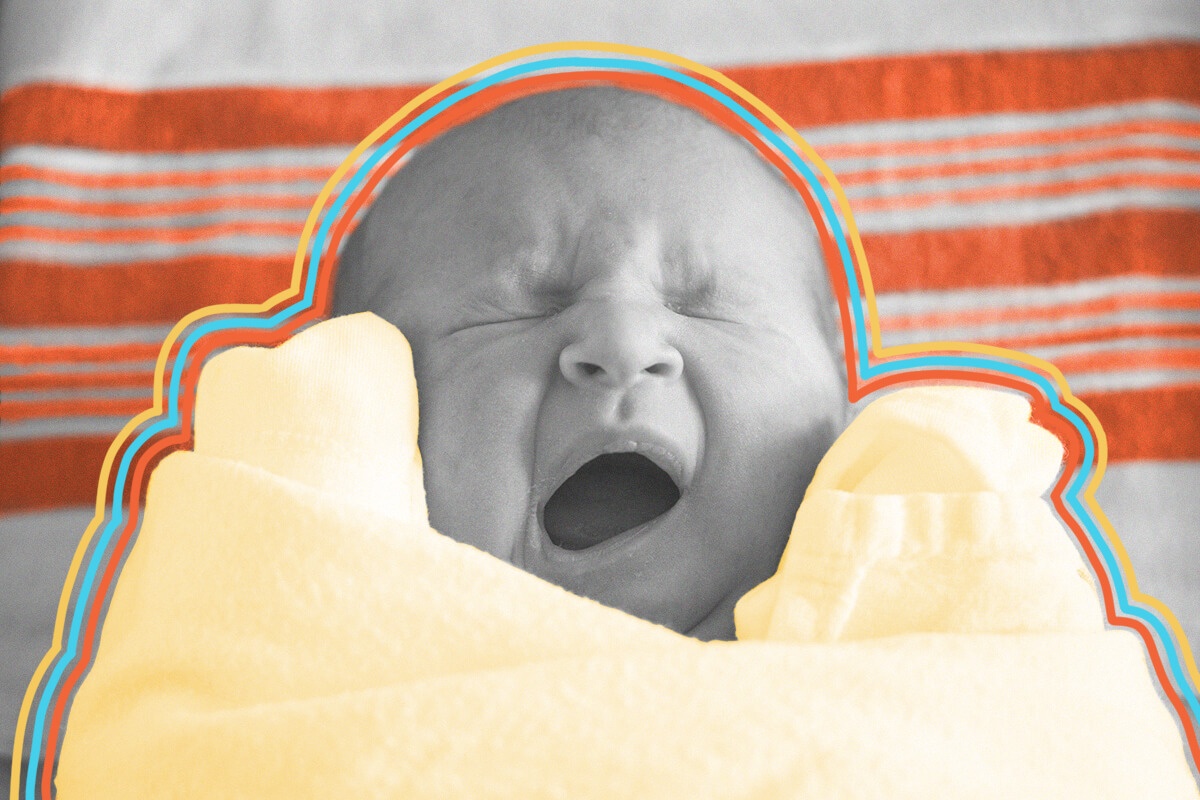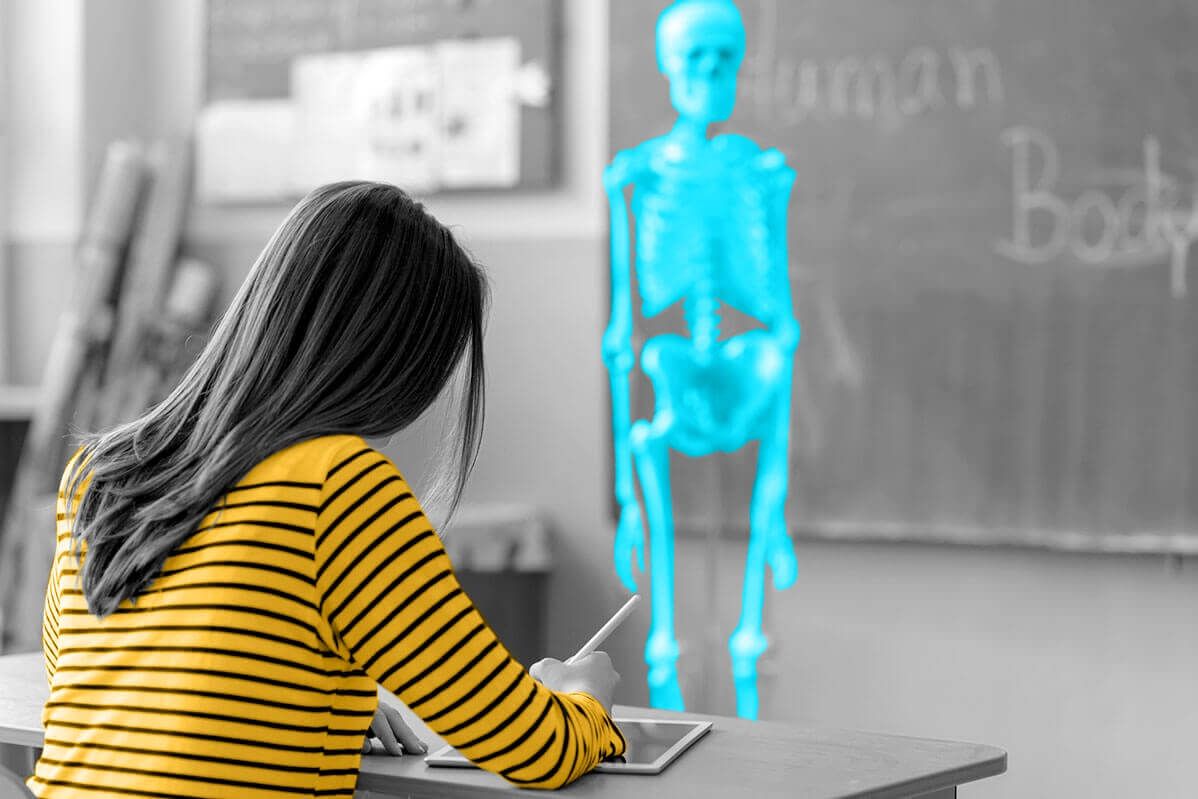
Babies are born with almost 100 more bones than adults.
The human body has 206 bones — unless you’re talking about babies, in which case the number is closer to 300. Many of a newborn’s bones are actually made of cartilage, which is much more malleable and allows fetuses to curl inside the womb as they develop. As children grow, cartilage turns into bone in a process called ossification, and the excess bones fuse together. (If you’ve ever wondered how those “soft spots” on an infant’s head — technically known as fontanelles — become stronger, bone fusion is the answer.) This is also a big part of why calcium is so important for babies: New bone tissue can’t grow without it.
Ossification doesn’t happen overnight, however — it continues until a person reaches their mid-20s, which is around when humans reach their peak bone mass. In much the same way that we’re constantly shedding our skin, our bones are constantly changing as well, with old bone gradually destroyed and new bone material formed. The process is called remodeling, and it helps keep the skeletal system healthy long after we’ve settled down at 206 bones.
Despite having the longest necks in the animal kingdom — they can reach a length of 8 feet, twice as long as the neck of any other creature — giraffes have the same number of cervical vertebrae as humans: seven. The key difference is that giraffes’ vertebrae are much longer, with each of them measuring close to 10 inches in length; in humans, the entire vertebral column is around 28 inches for men and 24 inches for women. We have the same number of neck bones as our tall, spotted friends for the simple reason that we’re both mammals — sloths and manatees are the only members of this particular class that don’t have seven.

